When ‘self-correction’ meets power in the quest to uphold scientific integrity
Questions around Stanford U president Marc Tessier-Lavigne’s research represent a case in point.

Perhaps the most written about institution in the world thanks to its unique relationship with Silicon Valley, Stanford University has been mired in controversy since last fall. Marc Tessier-Lavigne, its president since 2016 (and originally from Trenton, Ont.), has been accused of co-authoring a string of papers that include images that allegedly may have been deliberately altered. Dr. Tessier-Lavigne, meanwhile, denies that he behaved improperly. Despite widespread coverage in major U.S. and international outlets (here, here, and here) including Science magazine (here and here), the story has yet to gain traction among Canadian media, although not for lack of awareness of Dr. Tessier-Lavigne, who was dubbed “a Canadian genius” by the Globe and Mail upon his Stanford appointment. This case, regardless of its ultimate conclusions, provides a dramatic illustration of current debates over scientific misconduct and the mechanisms through which power can influence the handling of allegations.
Dr. Tessier-Lavigne is an eminent neuroscientist with a distinguished scientific career, which includes a long stint at the biotechnology company Genentech as executive vice president for research and chief scientific officer. His work illustrated the unique dynamics of biomedical sciences, which were remade by the rise of molecular biology and the biotechnology industry in the 1970s. Academic and corporate scientific activities have merged into similar research networks blending scientific discovery and technological development, with an intense flow of people and resources that collapsed idealized boundaries between “basic/academic” and “applied/commercial” science. In this vein, Dr. Tessier-Lavigne’s work on degenerative brain diseases has implications for both fundamental scientific understanding and the production of medical treatments, which has taken him from academic posts at elite universities to a senior leadership position at Genentech, the first biotech firm – itself founded around the scientific discoveries of two university professors – and back to university presidencies at Rockefeller and Stanford.
The current controversy started last November when the student newspaper, The Stanford Daily, broke a story about the misconduct allegations. In short, concerns have been raised about alleged image manipulations which may indicate fraud in multiple papers going back to 1999, including articles published in prestigious journals such as Science and Nature. In the flurry of statements and in the commissioning of investigations that followed, the questions being addressed concern basically (1) whether the errors were inadvertent or intentional, and (2) Dr. Tessier-Lavigne’s individual culpability.
I won’t reiterate the nature of the claims as that would require a column of its own, but they are well detailed in the sources above. Rather, here I draw attention to the way these issues have surfaced and have been deemed serious enough to deserve investigation.
The most noticeable aspect of this affair is that most of the allegations are not new. According to The Stanford Daily, some of these papers were flagged as early as 2015 on the specialized online forum PubPeer. According to a university statement, these concerns made their way to Dr. Tessier-Lavigne when he was being considered for his current role at Stanford late that year, and he submitted Errata to Science addressing image problems on two papers that were not published; the journal acknowledged its error in not printing the Errata.
The furor following The Stanford Daily’s reporting is hence not entirely about new revelations, although they include some that reflect a similar pattern to the older ones. Instead, it is arguably about who tells the story, when, and how. Consider the difference between issues raised by an independent misconduct investigator, conveyed in specialist language within an online academic forum only known by a rarified segment of the scientific community; and a story by the student newspaper of a top-ranked university potentially raising concerns about the scientific integrity of its own president. The latter has generated widespread media attention, which in turn has prompted journal editors to open or re-open investigations on the implicated articles.
Stanford’s own handling of the case has raised criticism. The student newspaper reported that the university’s initial statements in response to its story pre-emptively absolved Dr. Tessier-Lavigne from any wrongdoing. Presumably, if the 2015 allegations were considered during his recruitment as president at all, the search committee and the board of trustees would have concurred with such a conclusion.
However, with the broad repercussions of the story, the university decided to launch an investigation, not without missteps. The Stanford Daily again reported that the only trustee appointed to the committee with a bioscience background co-owns a company that holds an US$18 million dollar stake in a firm co-founded by Dr. Tessier-Lavigne, Denali Therapeutics, and with which he maintains a close affiliation and stock options. The trustee was removed from the committee only after the reporting, which raises questions as to why he would agree to serve in an “independent” committee to begin with, even if his fellow trustees were unaware of his company’s investment. In January, the final composition of the committee, including five notables and led by a former judge and a law firm, was announced with the promise of an expedient review but no set timelines.
Debates in the scientific community over misconduct or the “reproducibility crisis” are often retorted by arguments that ultimately “science corrects itself.” The whole scientific publishing enterprise relies on a high degree of trust that the various parties involved – authors, reviewers, editors – act in good faith, and when breaches happen they are eventually picked up by the scientific community. To unveil potential breaches of such trust can be a highly contentious and risky proposition, particularly when involving an eminent scientist at the very top of academia. There is a mutually beneficial relationship between the sterling record of such individuals and the institutions that anchor their success, because to call into question their previously celebrated accomplishments is to make everyone look bad. Add to this a high degree of influence over a large number of research careers and a significant scientific-commercial footprint, and the stakes are very high for many people. The canonical belief in self-correction therefore cannot obscure the fact that power arguably plays a major role in the currently spontaneous processes of review, reporting, and correction that address issues of scientific integrity.
Featured Jobs
- Education - Indigenous Lecturer or Assistant Professor, 2-year term (Teacher Education)Western University
- Division Chair/Division Head/Chief and Academic Vascular SurgeonWestern University
- Psychology - Assistant ProfessorSt. Jerome's University
- Business - Assistant Professor (Digital Technology)Queen's University
- Law - Assistant or Associate Professor (International Economic Law)Queen's University



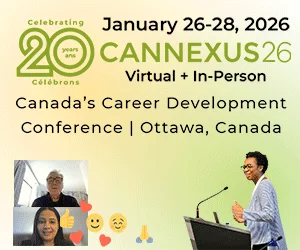



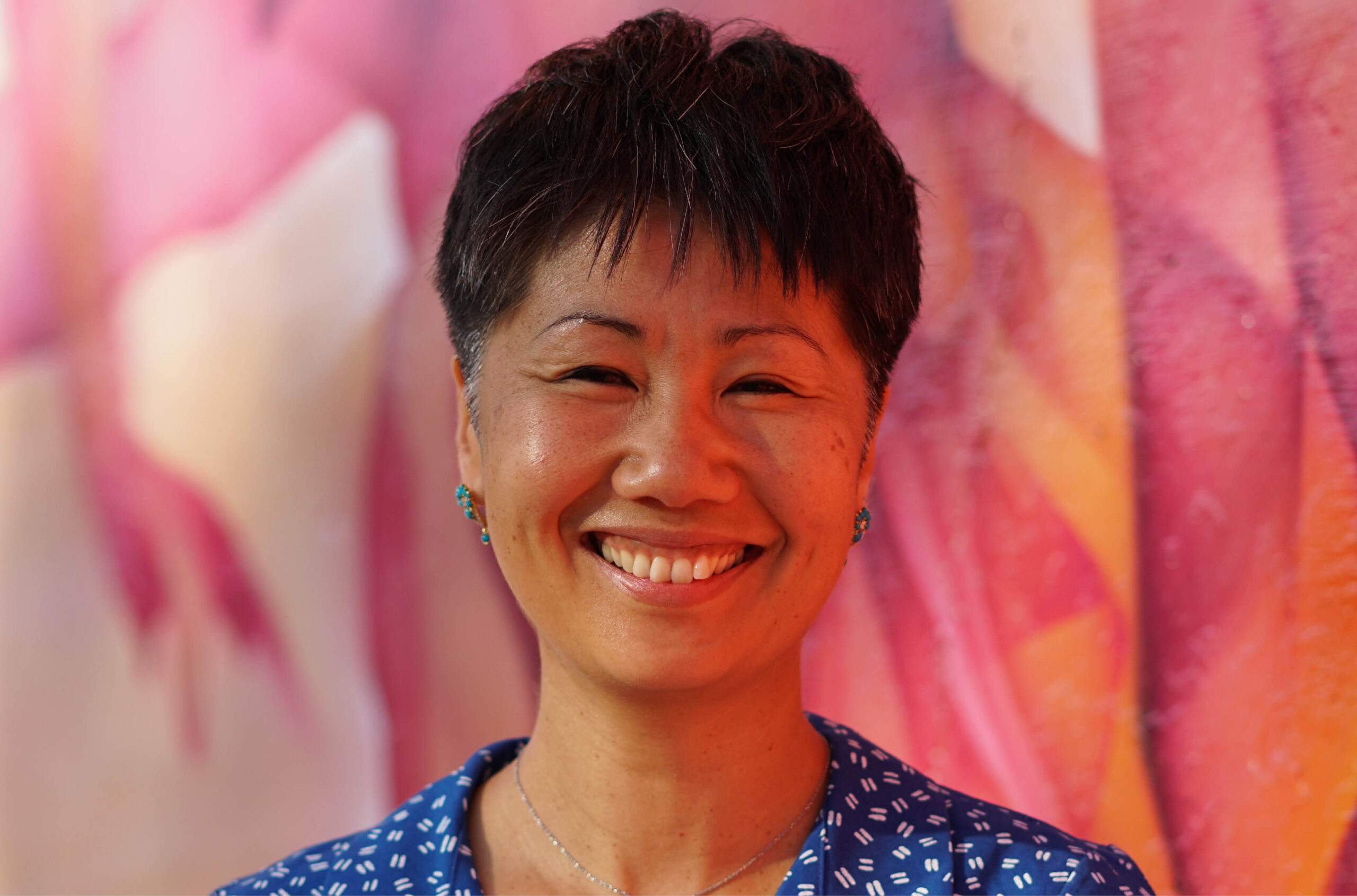

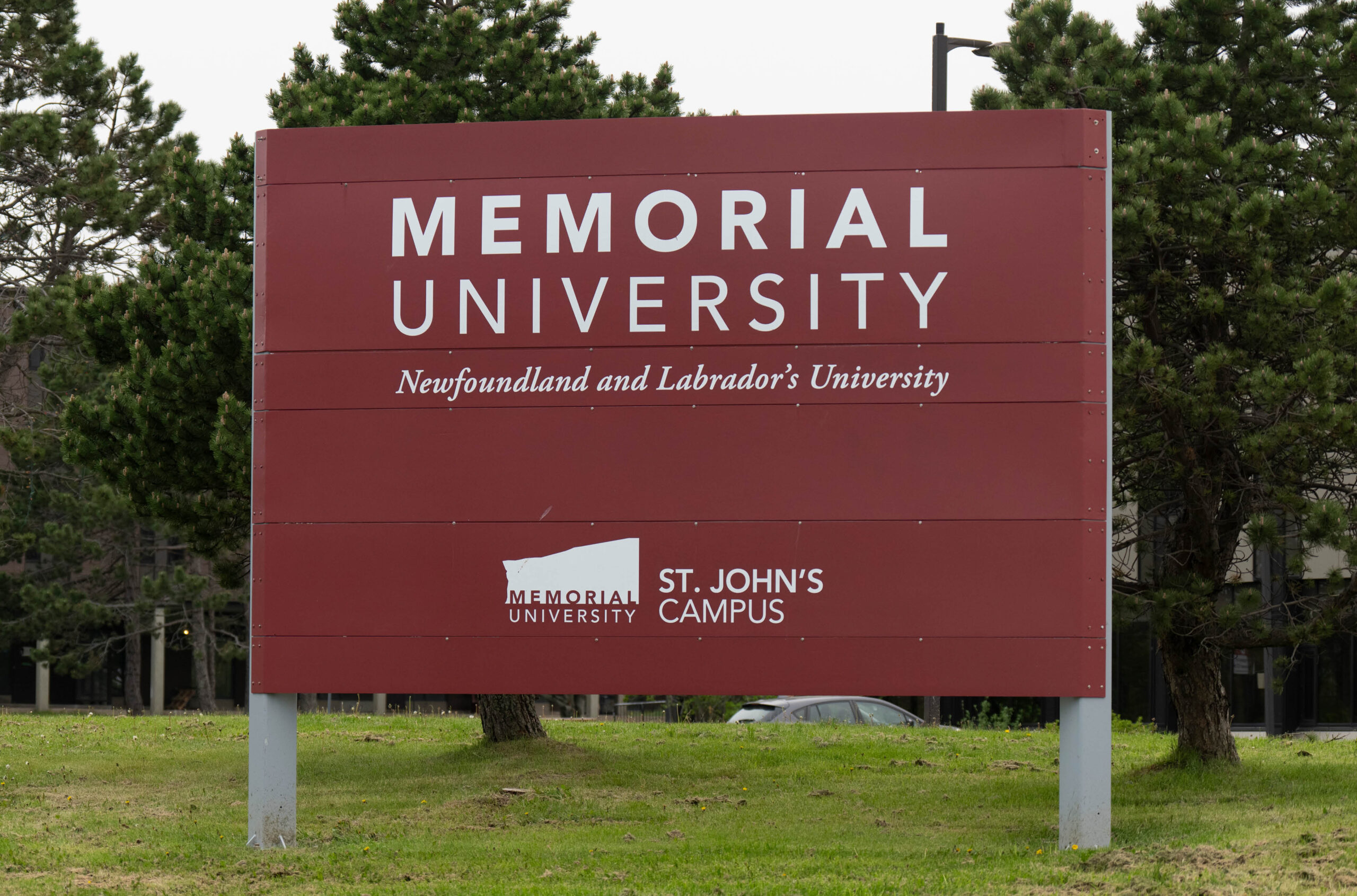
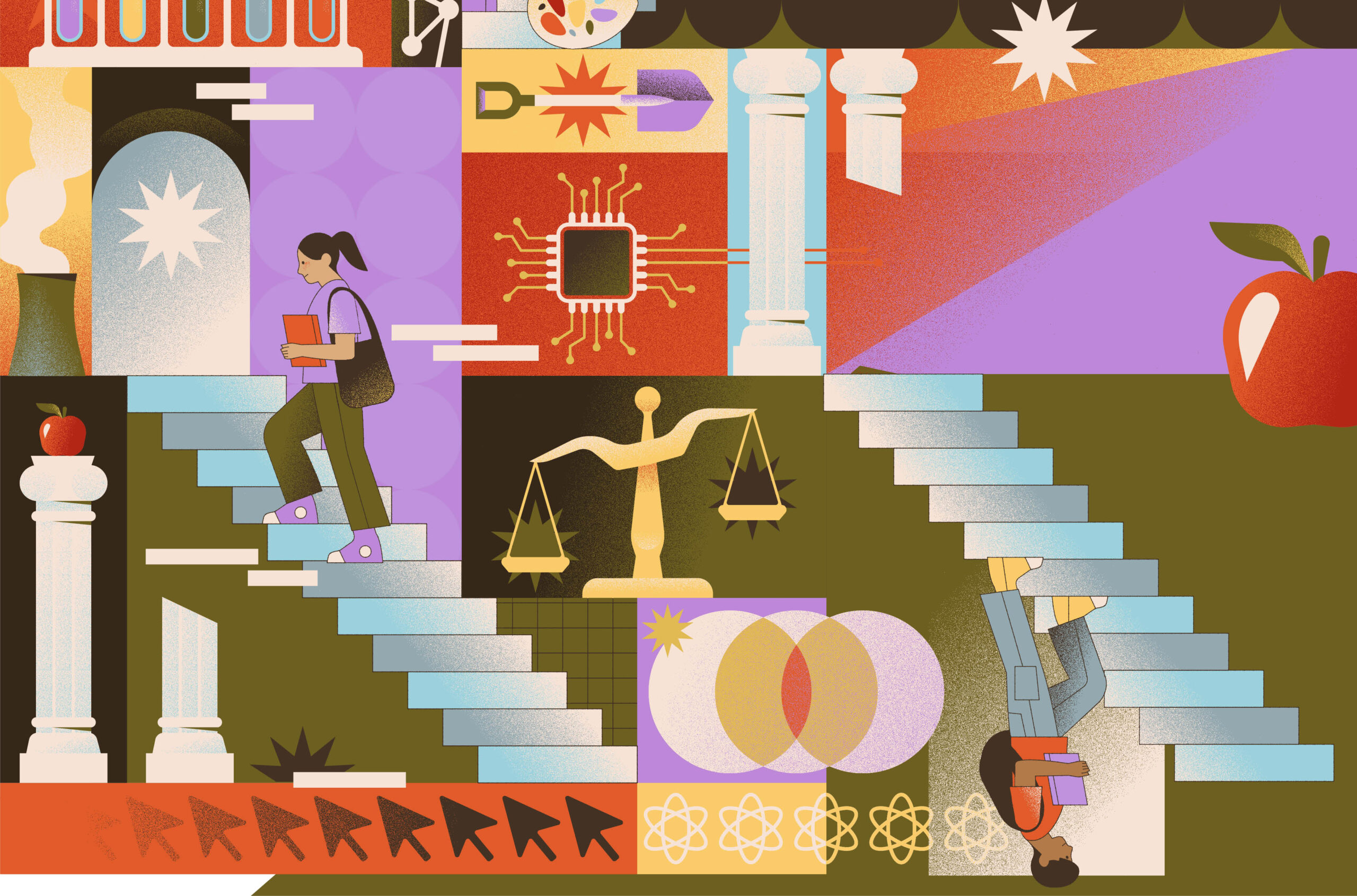


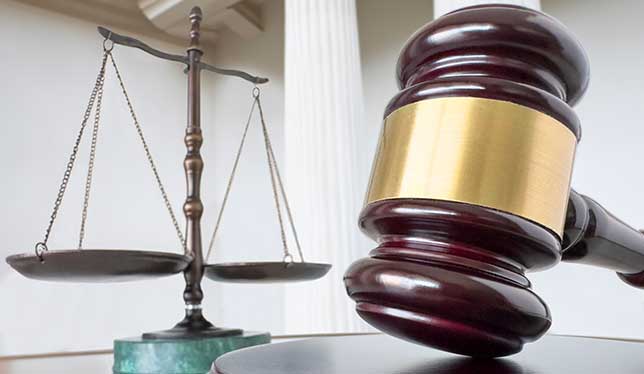


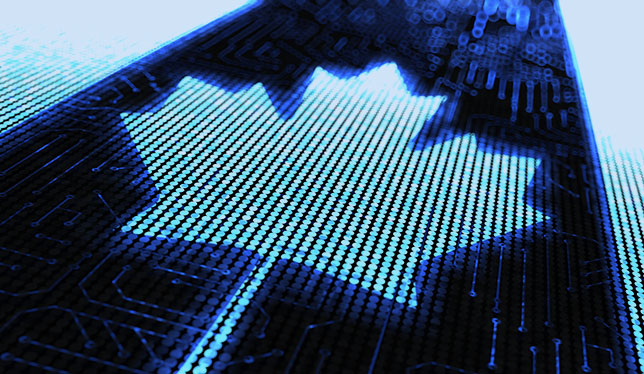
Post a comment
University Affairs moderates all comments according to the following guidelines. If approved, comments generally appear within one business day. We may republish particularly insightful remarks in our print edition or elsewhere.
2 Comments
This article fails to mention the most pressing issue at hand – Marc Tessier-Lavigne has been accused of covering up falsified Alzheimer’s research while an executive at Genentech. Not just image manipulation but direct fabrication. And several senior executives say he knew about it and kept it silent.
https://stanforddaily.com/2023/02/17/internal-review-found-falsified-data-in-stanford-presidents-alzheimers-research-colleagues-allege/
Excellent insights into this story. Thank you.